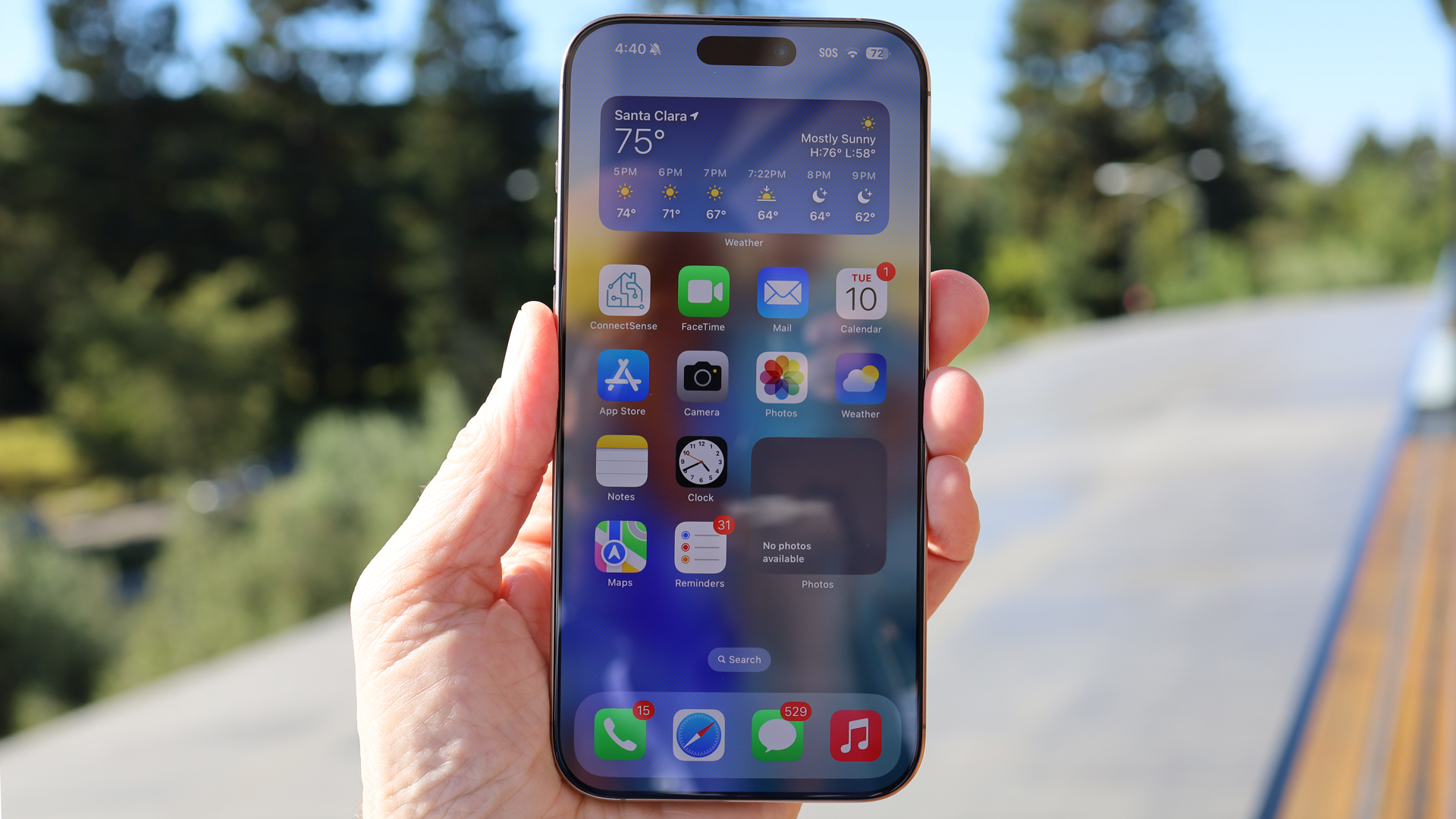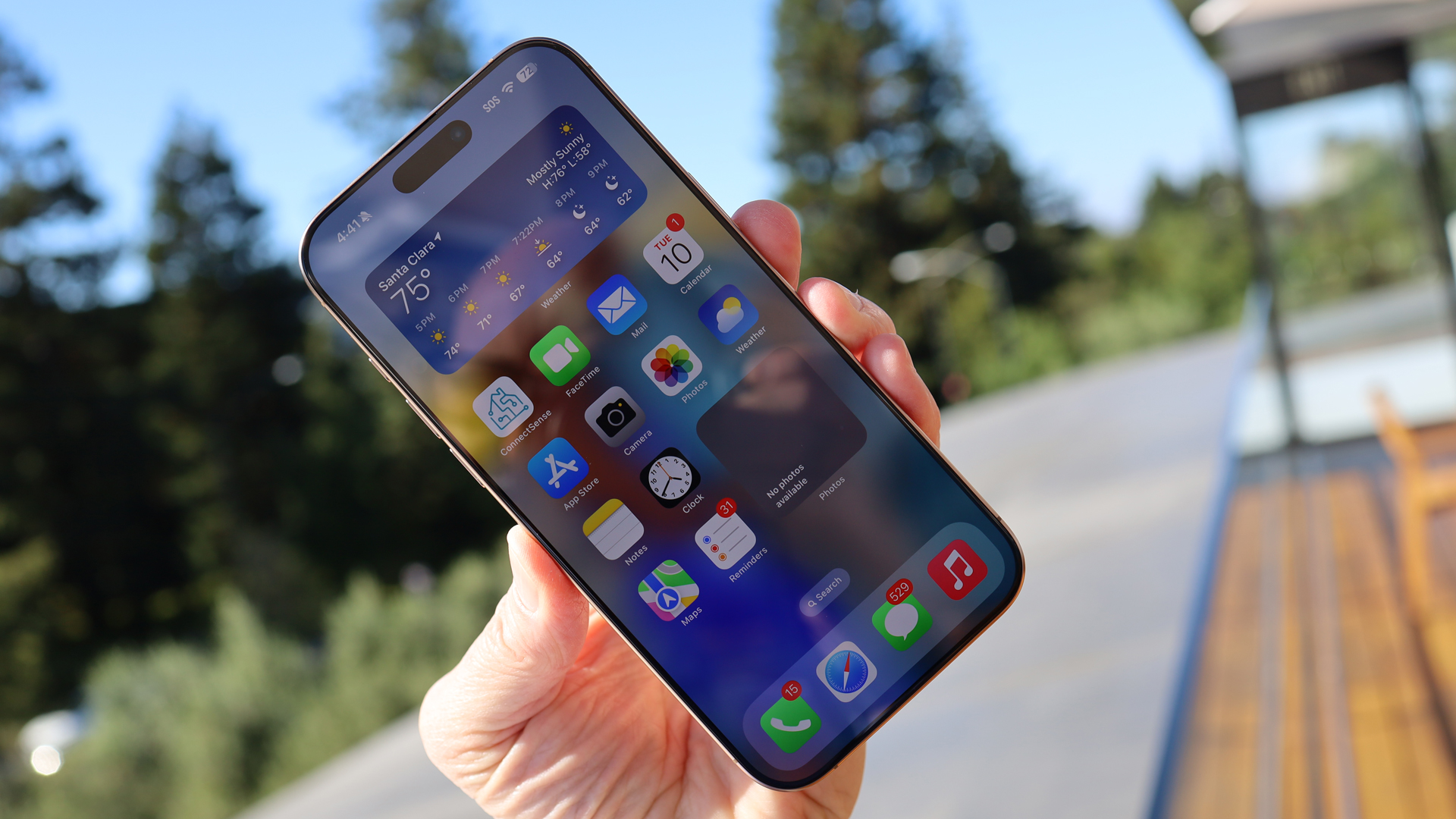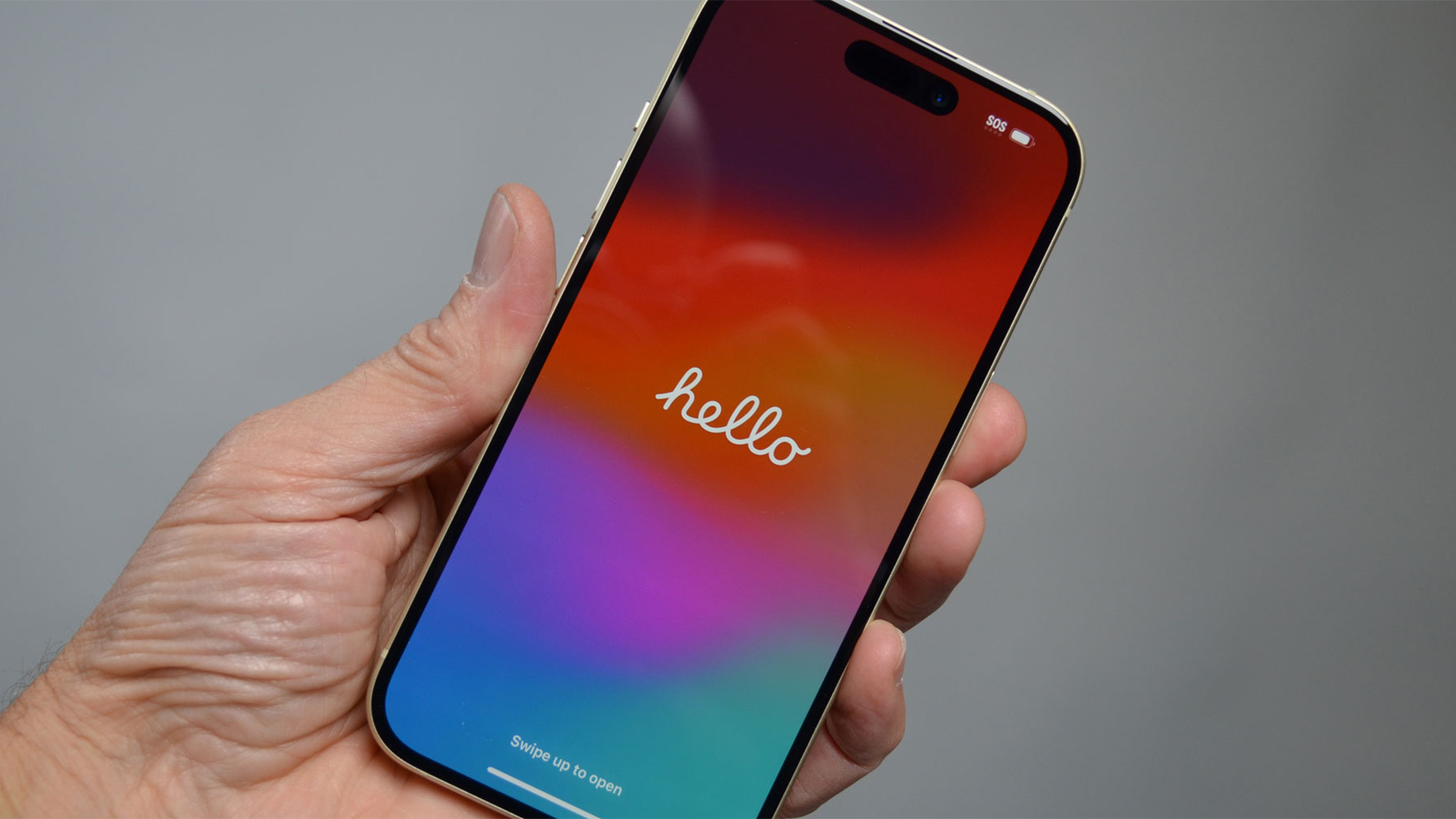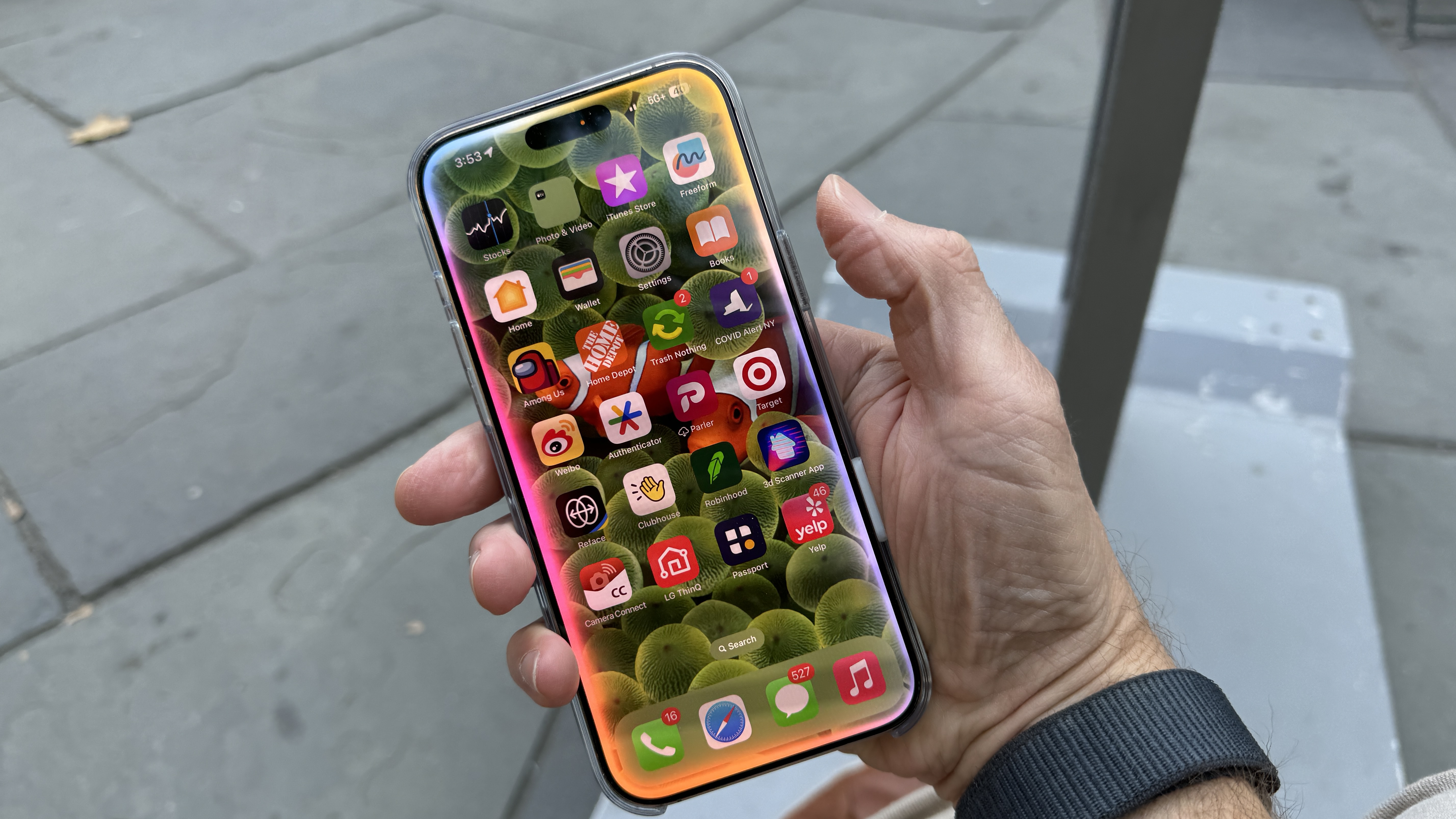I bought a 120Hz phone recently, and now I can’t go back to 60Hz – here's why
I've been bitten by the refresh rate bug

Call me behind the times, but I didn’t think refresh rate really mattered until I used a phone with a 120Hz display, or ProMotion in Apple-speak.
For years, I’d been happily using the iPhone 15 – a device that’s still one of the best iPhones and, on paper, more than powerful enough for everyday life. It’s fast, reliable, and great-looking. But it also runs at just 60Hz.
Then, a few weeks ago, I upgraded to the iPhone 16 Pro Max – Apple’s latest flagship, complete with the silky-smooth 120Hz ProMotion display – and within minutes, I knew I wasn’t going back.
For reference, refresh rate refers to the number of times per second your phone can display a new image. On my shiny new iPhone, scrolling feels effortless. App animations flow. Even typing somehow feels sharper. It’s the kind of upgrade that’s impossible to un-notice once you’ve lived with it for a long period of time – and now, every time I pick up another phone, 60Hz feels like a relic.
I'm not the only tech writer to make this observation over the years – TechRadar's Phones Editor, Axel Metz, is similarly adamant that 120Hz refresh rates make Apple’s best iPhones worth the money – but I feel compelled to make the same argument now that I've tried the goods for myself.
Sure, having a fast-refresh screen is an upgrade you might not think about when making a smartphone purchase, but it will certainly leave an impression.
Why 120Hz makes a big difference

Once I'd switched to Apple's latest flagship, it didn’t take me long to notice the jump from 60Hz to 120Hz. Scrolling through Safari, flicking through Instagram Stories, swiping between apps, playing games – all of it felt smoother, faster, and more responsive. Not just visually, but physically, too.
Sign up for breaking news, reviews, opinion, top tech deals, and more.
The screen on the iPhone 16 Pro Max almost feels like it’s glued to your fingertip – as if your input and the phone's animations are perfectly synced.
ProMotion is one of those upgrades that affects how everything works, even if you can’t immediately put your finger on why (if you'll pardon the pun). The keyboard feels more immediate, notifications slide in with extra polish, and multitasking – especially with features like the Action Button or Live Activities – is snappier.
Of course, this isn’t just an Apple thing. If you’re browsing the best Android phones, you’ll find plenty of devices with high refresh rates, like the Google Pixel 9 Pro (some models can even go up to 144Hz!). What's more, in the Android world, 120Hz refresh rates aren't limited to the flagship category; some of the best cheap phones (the Google Pixel 9a, for instance) benefit from superfast refresh rates, too. Cue the Apple vs Android comment war!
Going back to 60Hz felt like going back in time

After a week with the iPhone 16 Pro Max, I picked up my old iPhone 15 again before sending it to be recycled – and it was like stepping into slow motion. Technically, everything still worked. But visually, it felt… wrong.
It’s not that the iPhone 15 suddenly became bad – far from it. But once your eyes adjust to 120Hz, 60Hz feels like a compromise. It’s a bit like downgrading from the best 4K TV to an old HD one – the basics are still there, but the clarity and smoothness are gone.
I didn’t expect such a strong reaction to this change, but now it’s impossible to unsee. What used to feel normal now feels outdated.
Why Apple should give ProMotion to every iPhone

It still feels a little wild that Apple only includes 120Hz on its Pro iPhones. The iPhone 15, which launched at £799, still uses a 60Hz display – that's a slower refresh rate than you'll find on phones half the price in the Android world. That’s not just a missed opportunity – it’s an outdated strategy.
As mentioned, plenty of budget and mid-range Android phones now come with 90Hz or 120Hz screens as standard, while Apple’s base models are still locked into tech that feels behind the curve in 2025. There’s been speculation that the iPhone 17 might finally bring ProMotion to all models, but that device is still six months away at a minimum.
And the thing is – for me, at least – 120Hz is now a bigger deal than battery, AI, chips, and everything else. A high refresh rate isn't just about speed or flashiness – it’s about refinement.
As smartphone innovation slows in other areas (flagship designs, for instance, have become incredibly boring), the features that genuinely enhance day-to-day use become more important. High refresh rate displays are one of those features. They don’t grab headlines like AI tools or camera upgrades, but they tangibly change how your phone feels to use.
What surprised me most is how invisible the 120Hz benefit is until you lose it. I didn’t immediately think “Wow, this is 120Hz!” – it just felt fluid and natural.
That’s the point. A great display should disappear into the experience. But once you’ve noticed that difference, going back to 60Hz is like seeing a dropped frame in a film – it pulls you out.
We’ve reached a point where high refresh rates are no longer niche or luxury – they’re foundational to a premium phone. They make a bigger impact than most spec upgrades and shouldn’t be limited to top-tier models.
If you’re shopping for one of the best phones in 2025, I’d argue that a 120Hz refresh rate is one of the first features to check for – because once you’ve lived with it, you won’t want to give it up, either.
You might also like
Max Slater-Robins has been writing about technology for nearly a decade at various outlets, covering the rise of the technology giants, trends in enterprise and SaaS companies, and much more besides. Originally from Suffolk, he currently lives in London and likes a good night out and walks in the countryside.
You must confirm your public display name before commenting
Please logout and then login again, you will then be prompted to enter your display name.